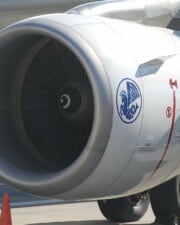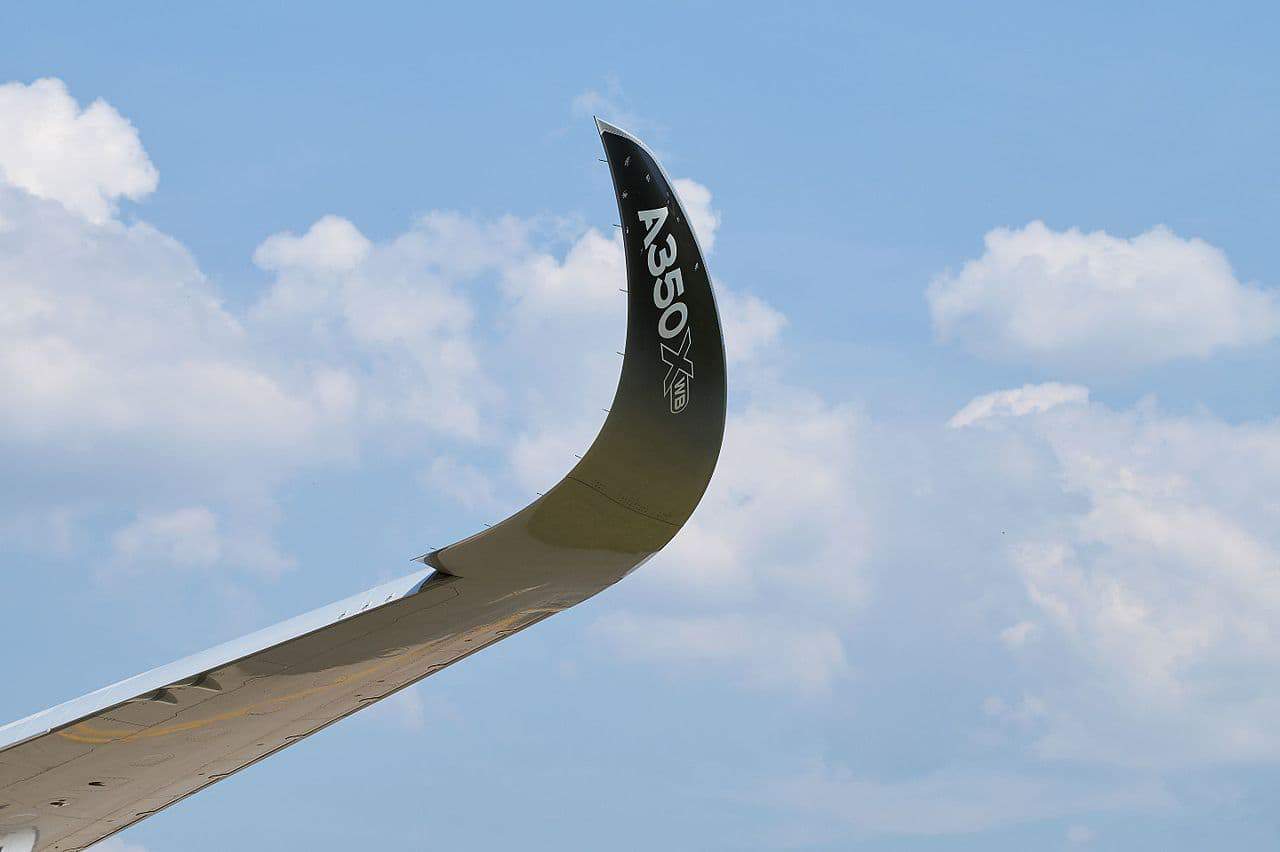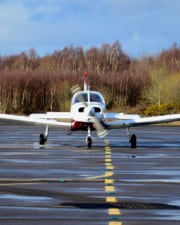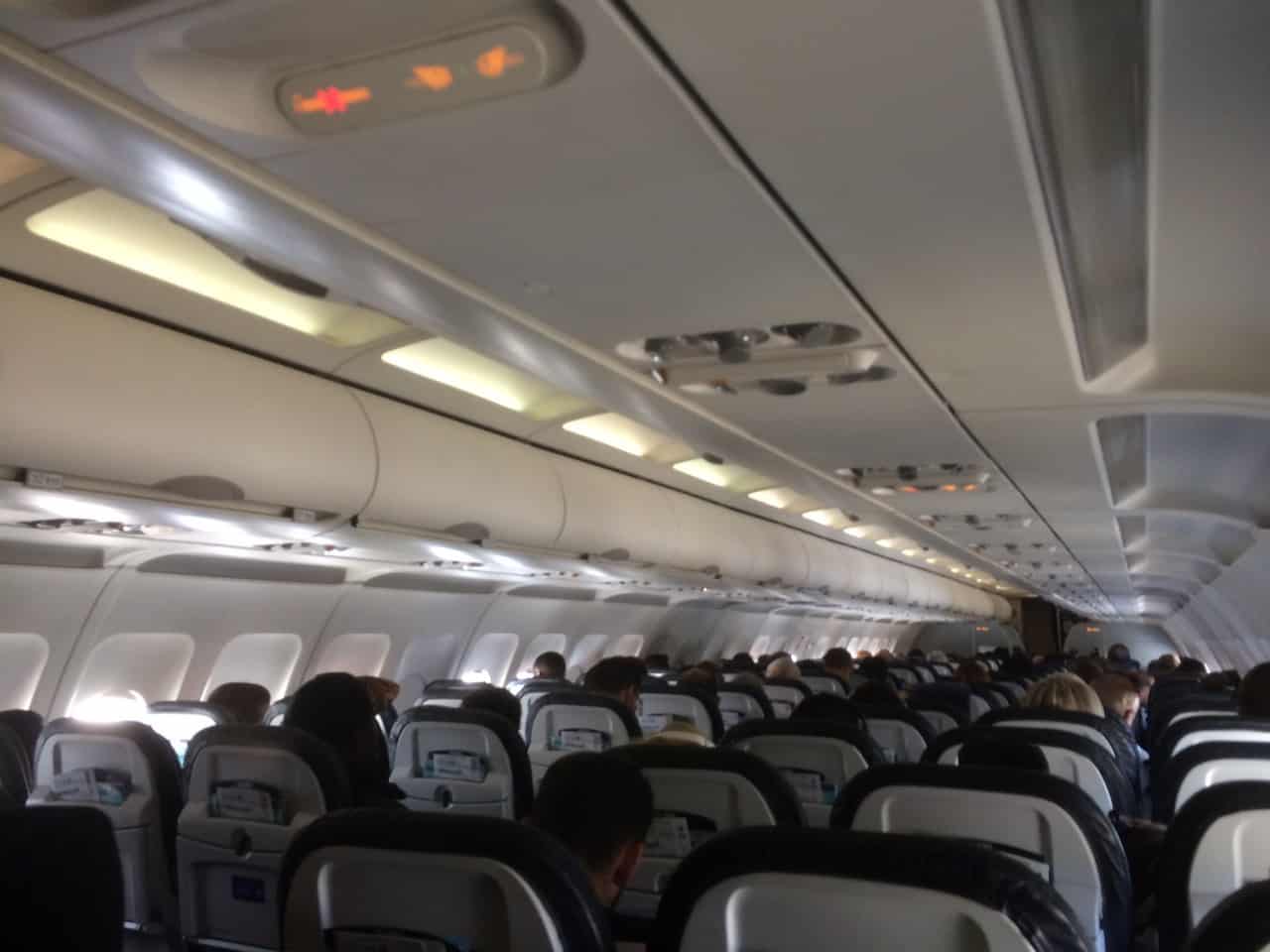Are birds a hazard to the planes that fly at staggering heights, carrying impressive loads and traveling at amazing speeds? Do birds ever try to avoid running into airplanes? Can planes take evasive maneuvers to avoid birds? Are bird strikes common? How do airplanes actually avoid birds? Let’s answer some of these questions today…
Table of Contents
How Do Airplanes Avoid Birds?
Despite their small size, birds do present a danger to planes. This means that airports, pilots, and the entire airline industry must be vigilant about safety. Airlines take a multi-faceted approach that involves plane safety features, data gathering and analysis, flight crew training, and airport protocols to keep birds away.

Are Bird Strikes Common?
Thousands of bird strike incidents occur every year. First encountered by the Wright Brothers in 1905, bird-plane collisions do happen, but are avoided whenever possible. And although the most common wildlife incidents have to do with birds, planes occasionally also have problems with other animals.
According to the Federal Aviation Administration, there were more than 14,000 wildlife strikes at U.S. airports in 2017 alone. The vast majority of the wildlife incidents (97 percent) involved birds, but encounters with deer, coyotes, and smaller animals have also been reported.

Can Birds Bring Down A Plane?
Even though bird strikes are considered one of the lesser hazards in aviation, they are still a considerable risk. Birds present a variety of dangers to planes, most notably the likelihood that a bird will damage the wings or be drawn into the engines.
The now-famous river landing of US Airways Flight 1549 on January 15, 2009, was the result of the plane’s encounter with a flock of Canada Geese. The emergency landing in the Hudson River was hailed as heroic, and with good reason.
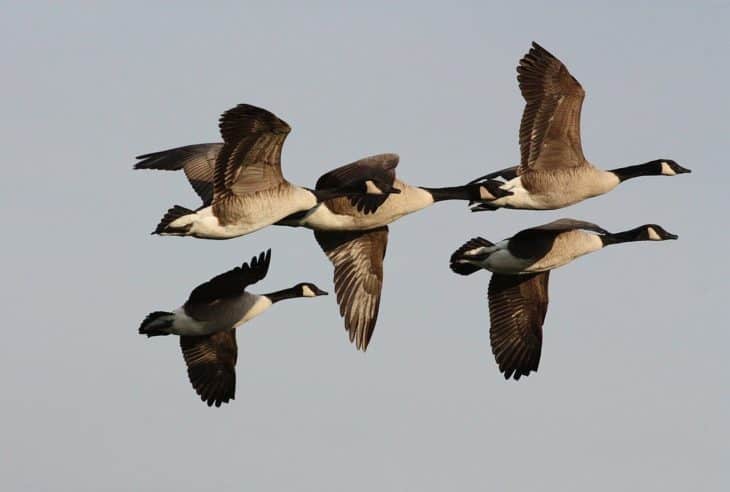
Just a minute and a half after takeoff, both engines failed because of geese entering the engines. Pilots Chesley Sullenberger and Jeffrey Skiles had to glide the plane to safety from an altitude of about 3,000 feet.
Do Planes Kill Birds?
Unfortunately, even though the majority of bird strikes do not disable planes, they usually do kill birds. Most bird-plane collisions happen near the ground, so there’s a focus on deterring the birds’ presence near airports.

A large percentage of the birds involved in bird strikes are species that are federally protected in the United States. Flocks of birds near airports present a danger to themselves and as well as to planes and passengers, so the birds are often trapped and removed or scared away.
When bird strikes are reported, the bird remains are identified in a laboratory. This allows wildlife management to analyze trends and implement solutions. For airline safety as well as bird safety, this is vital.
Do Airlines Have Prevention Strategies?
Improving safety and security in aviation benefits everyone in the industry and everyone traveling by air around the world. Analyzing the problems and implementing successful safety measures is a priority.
Because most encounters between birds and planes happen on or near the ground, airports play a key role in preventing problems. Airports have developed safety protocols to lessen the likelihood of bird strikes.

Bird control on the ground is essential because flocks of birds may attempt to feed, perch, or nest near airport runways. Depending on the location, airports sometimes remove vegetation and trap and relocate birds in order to keep runways safe.
Interestingly, because some lights and sounds deter birds, noisy firecracker-style pyrotechnics are used daily at most airports. Some airports even have specially-trained animals to scare the birds away.
Do Birds Avoid Airplanes?
Boeing, a leading manufacturer in the aerospace industry, is among the organizations doing extensive research to mitigate the problem of bird strikes. In an article on bird-strike prevention, Boeing states that it’s a misconception to assume that birds will avoid planes because of their noise, lights, or radars.

Actually, Boeing states that there is no scientific proof that birds avoid planes. Birds fly during day and night in all weather and visibility conditions. Birds do not seem deterred by airplane lights, colors, or markings. Engine noise and speed do not repel birds, and birds don’t dive below airplanes.
Because of this, airline professionals have developed essential strategies to improve safety. Careful attention is given to airport protocols, airline crew training, reporting of conditions, and real-time adjustments during takeoff and landing. Ongoing efforts help keep the birds and the planes in the air and away from each other.
References ▾
Related Posts


